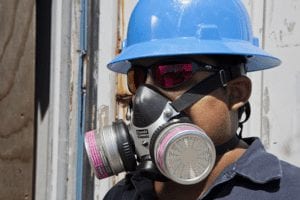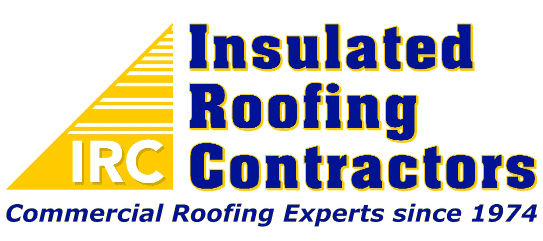The quality of air we breathe, both on and off the job, have major effects to our respiratory system. Every day, millions of workers face an unnecessary health threat because of air contaminants in the workplace that get into our respiratory system. Each year thousands of diseases and deaths are linked to this occupational hazard. Certain industrial work environments are inevitably exposed to respiratory hazards on the job that threaten our respiratory health. That is why OSHA requires employers to take the necessary safety precautions to control respiratory hazards on job sites. If an employer cannot eliminate respiratory hazards, the employer must provide employees with respirators to protect their health.
What is a respirator?
A respirator is a piece of personal protective equipment (PPE) that requires special attention when being used. It can be used to clean the air of contaminants from your breathing zone or supply clean air to a worker while inside the work area.
Who needs respiratory protection?
Any one that is performing tasks where irritating dust, chemical fumes, and other airborne contaminants are present in harmful concentrations. Respirators work by either filtering particles from the air, chemically cleaning the air, or supplying clean air from an outside source. There are 4 main types of respirators that include Particulate Respirators, Chemical Cartridge/Gas Mask Respirators, Powered Air-Purifying Respirators and Self-Contained Breathing Apparatus. Each type of respirator can come in a variety of forms, each with its own cautions, limitations and restrictions of use. Fit testing for a respirator can be performed different ways but should ways be conducted by a safety professional before work begins.
What are the types of airborne hazards?
Different respirators and or filtering cartridges may be required to protect your respiratory system against different airborne hazards. Some potential hazards are:
-
Mists and fogs, e.g., aerosol paints
-
Fumes, e.g., welding, brazing, lead, hexavalent chromium
-
Particulates, e.g., asbestos, silica, hexavalent chromium
-
Oxygen deficiency
Respirator programs
A written respiratory protection program should be established when respiratory protection is required. If you are using or requiring someone in your organization to wear a respirator you need to have specific written programs in place that includes:
-
Hazard assessments, e.g., ventilation measurements, air exposure monitoring, etc
-
Respirator selection, e.g., air purifying or air supplying
-
Employee training and standard procedures
-
Medical evaluations from licensed health care providers
-
Fit testing, using quantitative or qualitative measures
-
Program evaluation
-
Record-keeping
The purpose of respiratory protection standards is to try to prevent tragic workplace accidents and latent illnesses caused by exposure to respiratory hazards at the job site.

